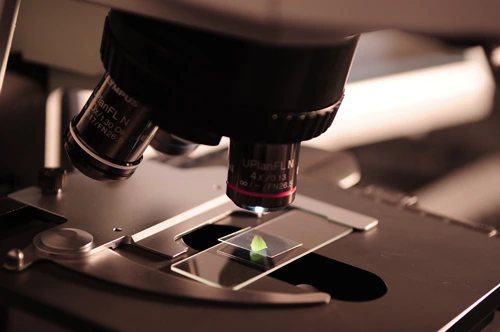
A new water-focused grants program is underway at the University of Arizona. This innovative competitive grants program for water resources research, education and outreach is funded through the legislatively authorized Technology and Research Initiative Fund (TRIF). In November 2000, when voters increased funding for education by approving an increase in the state sales tax, the state’s university system benefitted. A portion of the tax was dedicated to investment in technology and researchbased initiatives. Established by statute (ARS 15-1648), TRIF is administered by the Arizona Board of Regents (Regents), which awards funding in response to university requests.
It was in response to a UA request that the Regents approved funding for a comprehensive water initiative. Known as the Water, Economic Development and Sustainability Program (WEDSP), this innovative project includes research, education and outreach activities and is a collaborative effort among four existing UA water centers. An increase in projected program funding from the fiscal years’ 2002 and 2003 level of $500,000 to $2,000,000 in fiscal year 2004 is enabling the introduction of the grants program.
Working closely with Dean Eugene Sander of the College of Agriculture and Life Sciences on developing and implementing WEDSP are the directors of the UA water centers: Farhang Shadman of the Engineering Research Center for Environmentally Benign Semiconductor Manufacturing; Soroosh Sorooshian of the Center for Sustainability of Arid and semi-Arid Hydrology and Riparian Areas; Ian Pepper of the Water Quality Center; and Peter Wierenga of the Water Resources Research Center.
The WEDSP mission is to provide science-based technical, economic, legal, and policy expertise necessary for water development, use, and conservation. A business plan was recently requested by the Board of Regents. The business plan, which can be accessed from the Regents’ home page, is undergoing review by the Regents’ Business Advisory Team. It highlights how the UA is leveraging its strengths in academia, research, and local environmental technology industries to further the WEDSP mission.
To date, TRIF funding has enabled each of the funded water centers to expand its work on water resources research. Areas of research interest include but are not limited to evaluating the effects of climate fluctuations on surface water resources, determining how to meet increasing water demands at the same time as groundwater levels are declining, addressing water quality issues associated with high-tech manufacturing as well as water treatment and recycling, and assessing Arizona water resources policies and institutions.
Education and outreach are important components of the WEDSP. In addition to the education and outreach activities of each of the centers, a joint education program has been the recipient of one-fifth of the program’s funding in each of the first two years. Already, TRIF funding has supported the development of high school, interdisciplinary curriculum modules on water resources in a semi-arid environment, a middle-school field trip site at Tohono Chul Park in Pima County, and water resource centers in Cochise and Yavapai Counties. In addition, TRIF has supported the expansion into Maricopa County of Project WET (Water Education for Teachers) and development of a summer teachers institute on water recycling by industry.
An external advisory committee to the WEDSP has been established to provide periodic input on the program’s activities, including input on areas of research, possible funding partners, ways of strengthening the program, and mechanisms for information dissemination. Serving on the committee are representatives of private sector companies, including the semiconductor industry, water utilities, and state and federal agencies.
Partnerships are extremely important to the WEDSP. It is expected that TRIF funding will enable faculty and staff to build upon existing partnerships and forge new partnerships. The extent to which resources are leveraged with external funding is a key performance measure for the program. The Regents intend to evaluate the performance of the TRIF-funded programs thoroughly. Less than half-way through its second year of funding, the WEDSP is about to embark on perhaps its most exciting component, one that is unique among the TRIF programs, the competitive grants for UA faculty and staff. The focus will be on Arizona-specific water resources issues. A large proportion of the fiscal year 2004 increase in funding will fund faculty and staff grants, with a smaller portion going to fellowships for undergraduate and graduate students. A request for proposals will be released in early November, with awards announced next spring. The WEDSP grants program is expected to continue for two years beyond fiscal year 2004.
Since joining the Water Resources Research Center in February, I’ve had the opportunity to participate in the implementation of the WEDSP. It has been exciting to be involved in the enhancement of our ability to understand and address Arizona’s water resource challenges. I’ll keep you posted!
Update: In a recent column, I wrote about the lack of legislative action on the recommendations of the Governor’s Water Management Commission. Many are wondering what will happen next session. There will be an effort by the Central Arizona Water Conservation District Board to obtain legislative support for implementing the Commission’s recommendations related to the Central Arizona Groundwater Replenishment District, and there is significant interest in addressing rural Arizona water issues. There also continues to be some activity regarding infrastructure finance. Otherwise, there appears to be no organized effort at this time within the water community to generate legislative support for other Commission recommendations. The obvious but not only reason for this — the dire state budget situation.

